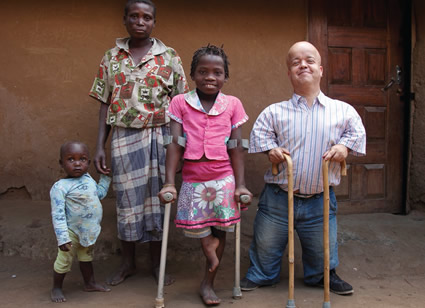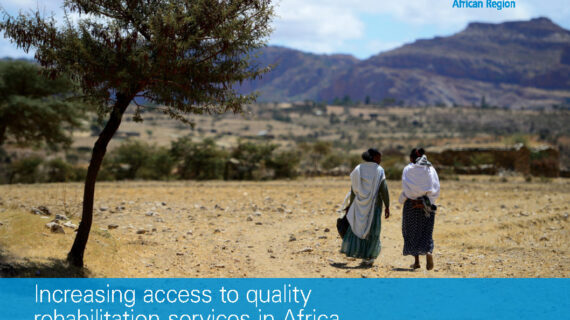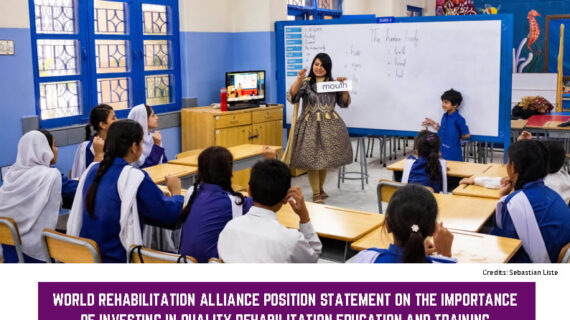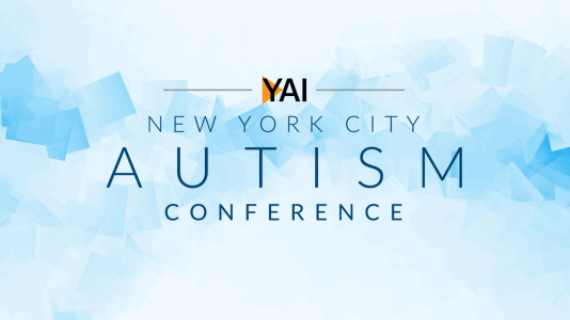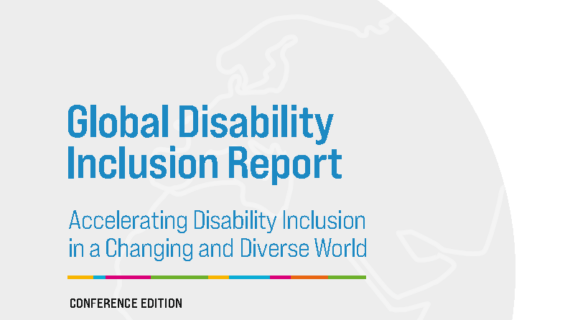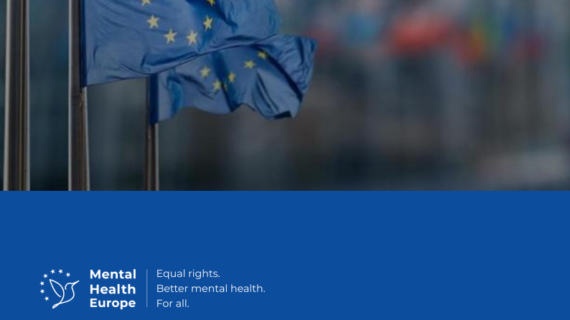The Missing Billion : Access to Health Services for 1 Billion People with Disabilities
The global health community has set overarching, ambitious goals for 2030: “The United Nation’s Sustainable Development Goal 3 (SDG 3), to “ensure healthy lives and promote well-being for all at all ages.”
1. The World Health Organization’s “triple billion” targets—one billion more people benefiting from Universal Health Care (UHC); one billion more people better protected from health emergencies; and one billion more people enjoying better health and well-being.
2. Underlying each of these two goals is the achievement of UHC itself, which will be subject to further deliberations
in September 2019 during the UN High-Level meeting. Through all of these efforts, the global health community is committed to “reach the unreached” and “leave no one behind.” The UN resolution on the 2030 Agenda for Sustainable Development even committed to “reaching the furthest behind first”.
3 . Yet it is clear that the targets of SDG 3 cannot be met without accelerated progress in general,4 and, specifically, better efforts to include marginalised groups, such as people with disabilities.
This report
One billion people around the world live with disabilities. This report makes the case that they are being “left behind” in the global community’s work on health. This lack of access not only violates the rights of people with disabilities
under international law, but UHC and SDG 3 cannot be attained without better health services for the one billion people with disabilities.

